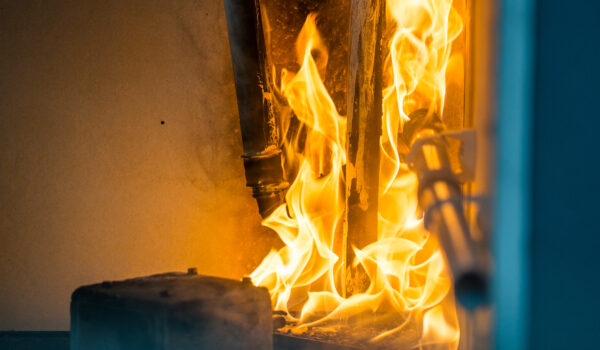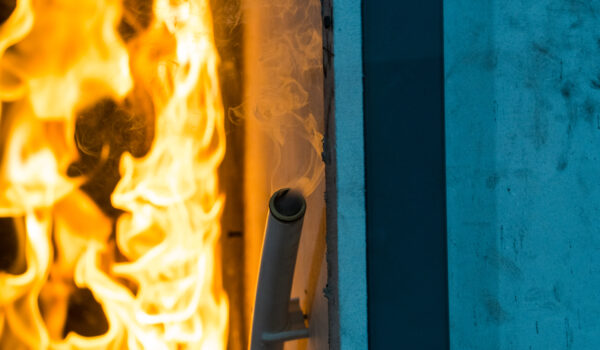A sustainable start-up has released an antimicrobial handheld item that highlights both the recyclable nature and versatility of copper.
The Twist from Touch29 harnesses the antimicrobial powers of copper, with the metal eliminating viruses and bacteria on contact.
Designed to supplement regular hand washing to help boost protection against the spreading of viruses and bacteria, the two interlocking copper rings encourage sustained skin contact with this 99.8% medical grade, antiviral copper.
Sized to fit in pockets, on a key ring or in a bag for when users are out and about, Touch29 are hoping that the Twist is the perfect antibacterial fidget toy that will keep hands protected and preoccupied, remove infectious microbes and reduce the risk of people touching their face.
Antimicrobial nature of copper
The science behind the Twist is based on the long-known antimicrobial nature of copper, with a process now officially known as “contact killing”, in which the ions in the metal quickly penetrate and destroy virus and bacteria cells.
This simple but effective fidget toy highlights both the long recyclable life cycle of copper, its importance in the fight against viruses and bacteria, as well as the sustainable nature of the metal. Touch29’s original Twist is made from repurposed copper pipe, and the material itself is 100% recyclable (in fact 65% of the copper produced since 1900 is still in use today).
Another product utilising the antimicrobial power of copper is the EonDisk and HaloShield from Germless; two products designed to complement regular hand-washing and offer protection against viruses on-the-go.
With the coronavirus pandemic looking like it will continue to play a part in our lives for the foreseeable future, innovations like these highlight the importance of utilising materials that are known to get rid of viruses.
Learn more about copper’s antimicrobial properties below.
Copper eliminating bacteria
When bacteria and viruses land on most hard surfaces, they can survive and pose a risk to those who touch for as long as four to five days. This compares to copper beginning to eliminate all bacteria that touches it within minutes, with many viruses and bacteria becoming undetectable within hours.
As such, copper has found new demand during the pandemic, with the construction of the UK’s Nightingale hospitals resulting in a tenfold increase in the demand for medical copper because of its unique anti-microbial properties.
Warning against the removal of copper
Even before the coronavirus pandemic, scientists had warned against the replacement of copper, or even copper based alloys such as brass, in places like hospitals or care homes.
As early as 1983 researchers were criticising the disappearance of copper in hospitals, as renovations saw stainless steel replace brass on door handles. It was commented at the time that while sleek and shiny stainless steel might look reassuringly clean this material does nothing to impede bacterial growth, while the brass that it was replacing would comfortably eliminate bacteria.
In a 2015 study, researchers compared infection rates across three hospitals and found that when copper alloys were used infection rates fell by 58%.
Talking to the Fast Company, another researcher, Bill Keevil – professor of environmental healthcare at the University of Southampton – called for copper to be brought back into public spaces and was quoted as believing that architects have a responsibility to choose copper in new building projects.
Copper was the first, and so far the only, antimicrobial metal surface approved by the United States Environmental Protection Agency (EPA) – copper industry groups have gone on to register over 400 copper alloys with the EPA to date.
Learn more about copper’s unique properties below.

